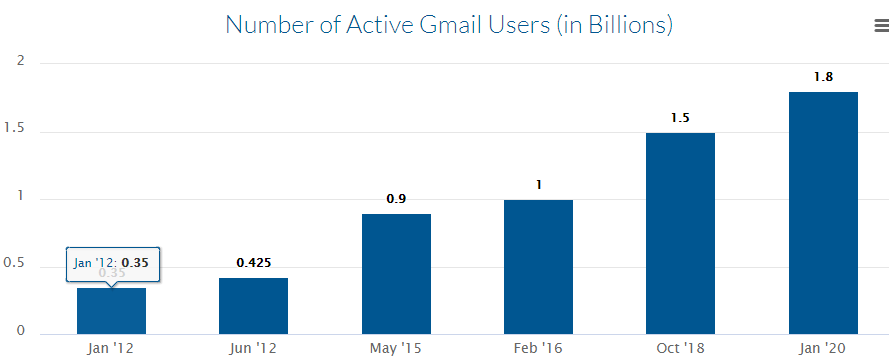Gmail Case Study
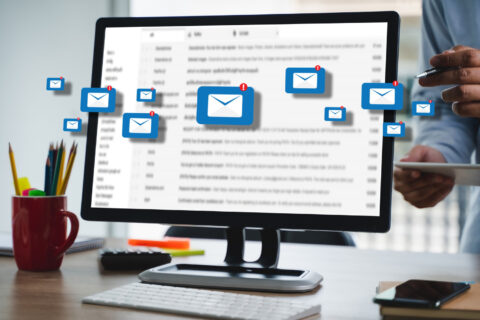
Are you considering the integration of email services because you need to increase the capability of ordinary email for your own app? We understand that this process can be quite intricate, but worry not; we’ve got a solution for you.
In our toolbox, we can choose from a range of email clients, and one that really stands out is Gmail. With 148 rivals, Gmail has a 35.60% market share in the email management industry. If your goal is to easily integrate with users’ email accounts and streamline tasks through automation, then the Gmail API is your top pick. To sweeten the deal, Gmail isn’t just your regular online email platform; it also opens its doors to developers, offering an API that has practical additional uses. You can learn more about this by checking out this link.
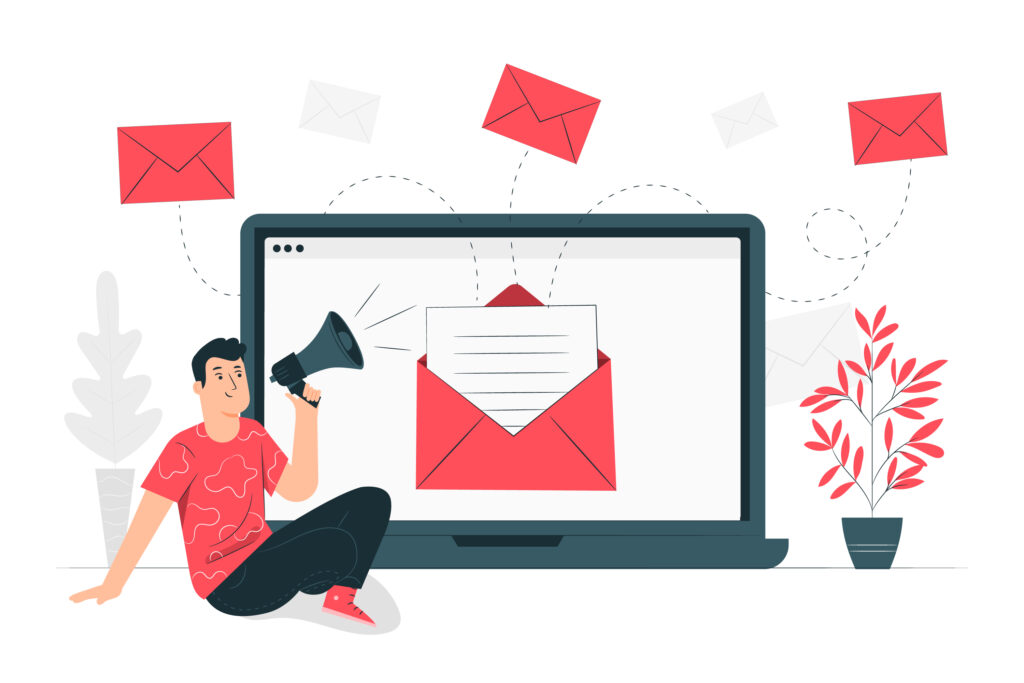
Imagine you want to build a startup that needs order confirmations as a data source for future recommendations, predictions, etc. You can ask your users to manually copy and paste the confirmations into your system every time they buy something, which is boring and takes time and effort. If they use Gmail though, thanks to the API, you can ask them to access your platform once and everything will happen automatically, avoiding the manual data entry. (Been there, done that – it’s really useful)
You can fetch emails directly from your users mailboxes. Off course after proper authentication. You can do it automatically and periodically. You can filter them as you were using a standard search field based in gmail.
So for example you can build a service that gets all the flight tickets bought by your user, and provide new travel recommendations, based on this data and grab affiliate commissions from each booked flight. Thanks to this, support tickets are managed efficiently, and responses are sent quickly. This doesn’t just boost user satisfaction; it also makes your customer support operations more effective. Let’s dive in and explore more gmail case study in practise.
Who is using it?
Let’s take a closer look at who’s using Gmail:
- Individuals: Gmail is the go-to choice for millions of individuals around the world.
- Small Businesses: Small businesses often opt for Gmail as their email solution to help them establish a credible online presence.
- Large Enterprises: Even major corporations and enterprises have recognized the value of Gmail. Many businesses have adopted G Suite (now known as Google Workspace), a suite of cloud-based productivity and collaboration tools.
- Education: Many educational institutions, from schools to universities, have chosen Gmail for their email and communication needs. It offers a secure and collaborative platform for both students and staff.
- Government and Public Sector: In some regions, government agencies and public sector organizations use Gmail for secure and efficient communication.
- Developers and Third-Party Apps: Gmail’s API is not only useful for end-users, but also for developers and third-party app creators. They leverage Gmail’s API to build custom solutions, automate tasks, and integrate Gmail functionality into their applications.
What are the benefits?
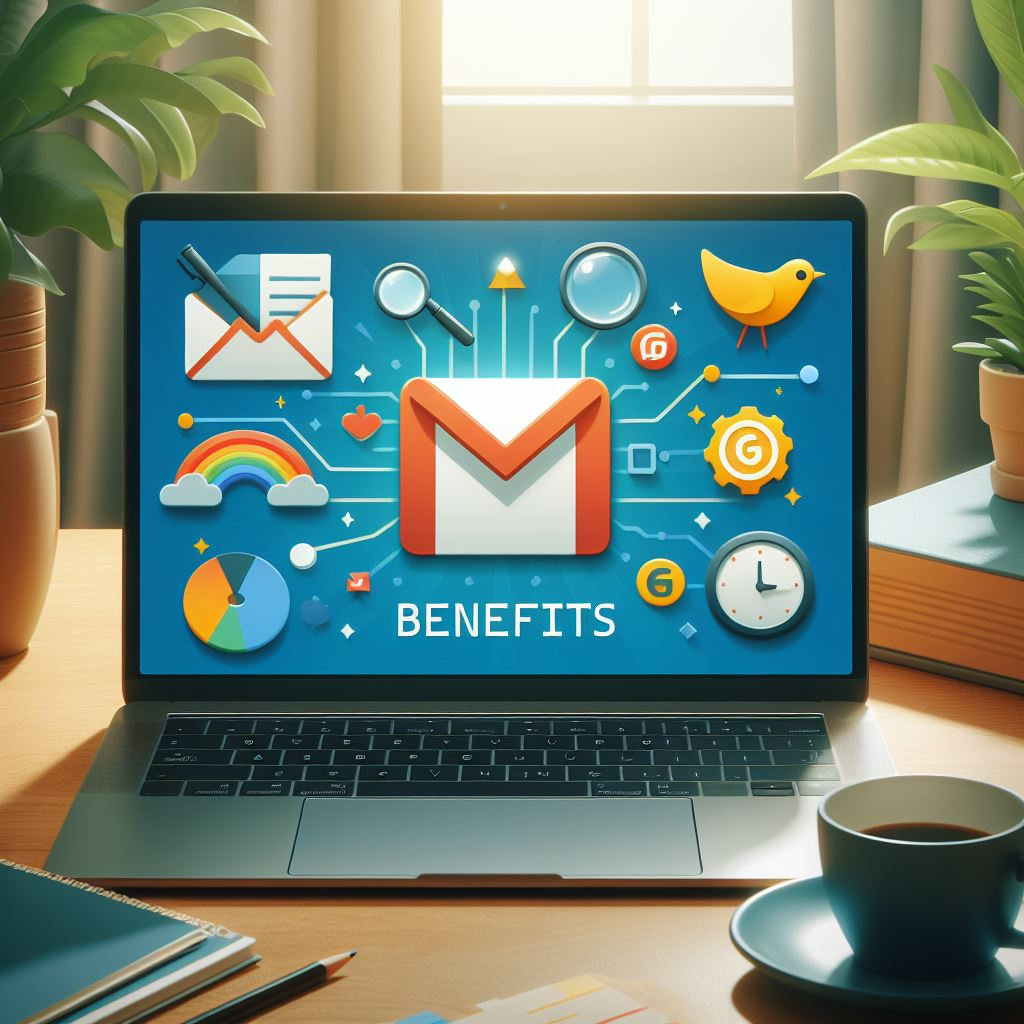
- Supportive Ecosystem of Apps: Google APIs, including Gmail’s API, benefit from an ecosystem of third-party apps and extensions. This is especially valuable for users and devs.
- High User Base and Data Quality: Gmail’s extensive user base and the vast amount of data it handles ensure that emails sent through Gmail are widely compatible.
- Ad-Free Experience and Effective Spam Filters: One standout feature of Gmail is its ad-free experience for users with Gmail addresses.
- Powerful Search Capabilities: While the importance of search might be underestimated until you’re faced with finding a crucial email, Gmail’s search capabilities shine when it comes to quickly locating specific emails or information.
- Developer-Friendly API: Gmail’s API is a treasure trove for developers. It lets developers build applications that directly interact with users’ Gmail mailboxes.
Explore the risks
What are the risks to consider before deciding on the Gmail integration for the development of your app? Because, trust us, these are bound to be here, whether you’re a startup or a scale-up experiencing issues with your existing app.
Let’s see what you need to think about ahead:
User Resistance:
When developing an app for the general public that links to email accounts, you’ll likely encounter user hesitation. Many people may be wary of granting access to their email inboxes. To address this, it’s important to build trust and communicate clearly about data privacy and security. Additionally, explain in detail which emails your system will be looking for and reading. Make sure you explain, clearly, that other messages won’t be touched.
Google Authorization:
When your app connects to email accounts, it often needs Google authorization to access and read emails. This can make users uneasy due to the broad access request. Who wouldn’t be a bit worried about that? To ease concerns, clearly explain why this authorization is necessary and how their data will be protected.
Selective Data Processing:
If your app’s purpose is to process specific emails, like those with a particular subject or sender, it’s essential to advise against unnecessarily saving emails into your database. Storing unwanted data can lead to compliance issues and higher storage costs.
Data Security and Compliance:
Create a strong security policy to safeguard user data. Ensure data encryption and have procedures in place to respond quickly to data breaches. Also, be prepared to comply with data protection regulations like GDPR. If a user revokes access, have a process to remove their information from your system.
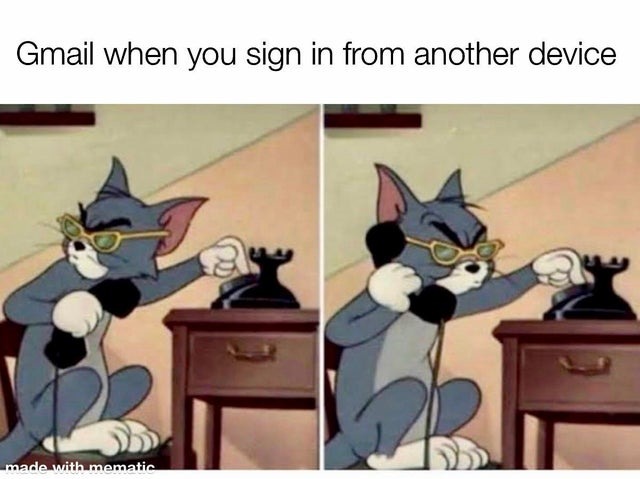
Security Threats:
Think about the risk of hacking attempts, as malicious actors may try to access user emails, posing a significant threat to user privacy. To avoid it, you should go for robust security measures, including encryption, authentication, and access controls, to protect against potential breaches.
Email Template Changes:
Email formats can change frequently. If your app relies on specific email formats, be prepared for potential disruptions. Using AI for email analysis and automatic adaptation to changes can be a nice strategy to ensure your app continues to function effectively despite changing email templates.
Use cases
Based on the work we’ve done with our startup client, let’s explore some ways we can help you integrate Gmail services into your app. Their initial concept revolved around a virtual closet where users could mix and match their current outfits.
But they didn’t have any products or a store. Instead, we helped them envision and develop a tool that would extract data from customer receipts from different stores and compile it into a shared database. This data would then be integrated into their application. When a user signed up for an account, the app’s engine would provide personalized clothing recommendations and more.
What more is possible?
- Fetching Emails from User Mailboxes – You can retrieve email directly from your users’ mailboxes. After proper authentication, of course. You can do it automatically and periodically. You can filter them as you would with the standard search field based on Gmail. For example, you can build a service that retrieves all airline tickets purchased by your users, and make new travel recommendations based on this data, and earn affiliate commissions from each flight booked.
- Email-Based Services: Imagine the potential of a service that sifts through emails for flight ticket information. Once identified, it can offer personalized travel recommendations, tapping into the goldmine of user data. You can also earn commissions by simplifying flight bookings through your platform. It’s not just about offering exciting services; it’s also about being transparent and compliant with privacy regulations. Users should understand how their email data will be used and what benefits they will receive by providing access.
- Sending Emails on Behalf of Users: Sending emails on behalf of users can be a cost-effective way to communicate, but it requires careful handling. Email providers like Gmail impose limits on how many emails can be sent within specific timeframes to curb misuse and spam. Building your email sending functionality can save you from shelling out large sums for third-party email services. However, you need to take responsibility for ensuring your emails reach their destination while adhering to the service provider’s sending limits.
- Gmail Plugin for Read Receipts: In addition, using the Gmail API allows the development of features such as read receipts by building a plugin. This functionality increases the transparency of user communications, similar to the “inform me if read” feature in legacy webmail providers, and provides valuable insight into the status of sent messages. Direct integration with the Gmail API ensures seamless implementation and reliable tracking of email interactions within your customer support application.
- Reading and parsing invoices from a certain client or supplier, converting it to your invoices software or copying data to another place is also possible. Such actions can speed up your business, or take a large amount of repetitive actions from you.
What Can We Do For You?
We’ve done more or less everything that you can see in our use cases (of course the exact projects were slightly different, but the functionalities were similar).
We know Gmail Rest API, and we are happy to build applications on top of it. If you need to extend standard email functionalities, or have in mind your own application that will use it, contact us, we are here to help.

Let Us Help You!
Did you know that, Filip, our founder and director, has put most of what you’ve read into practice on a number of projects?
If you have any questions or need any help or advise with Gmail integrations or automations, drop him a line.
